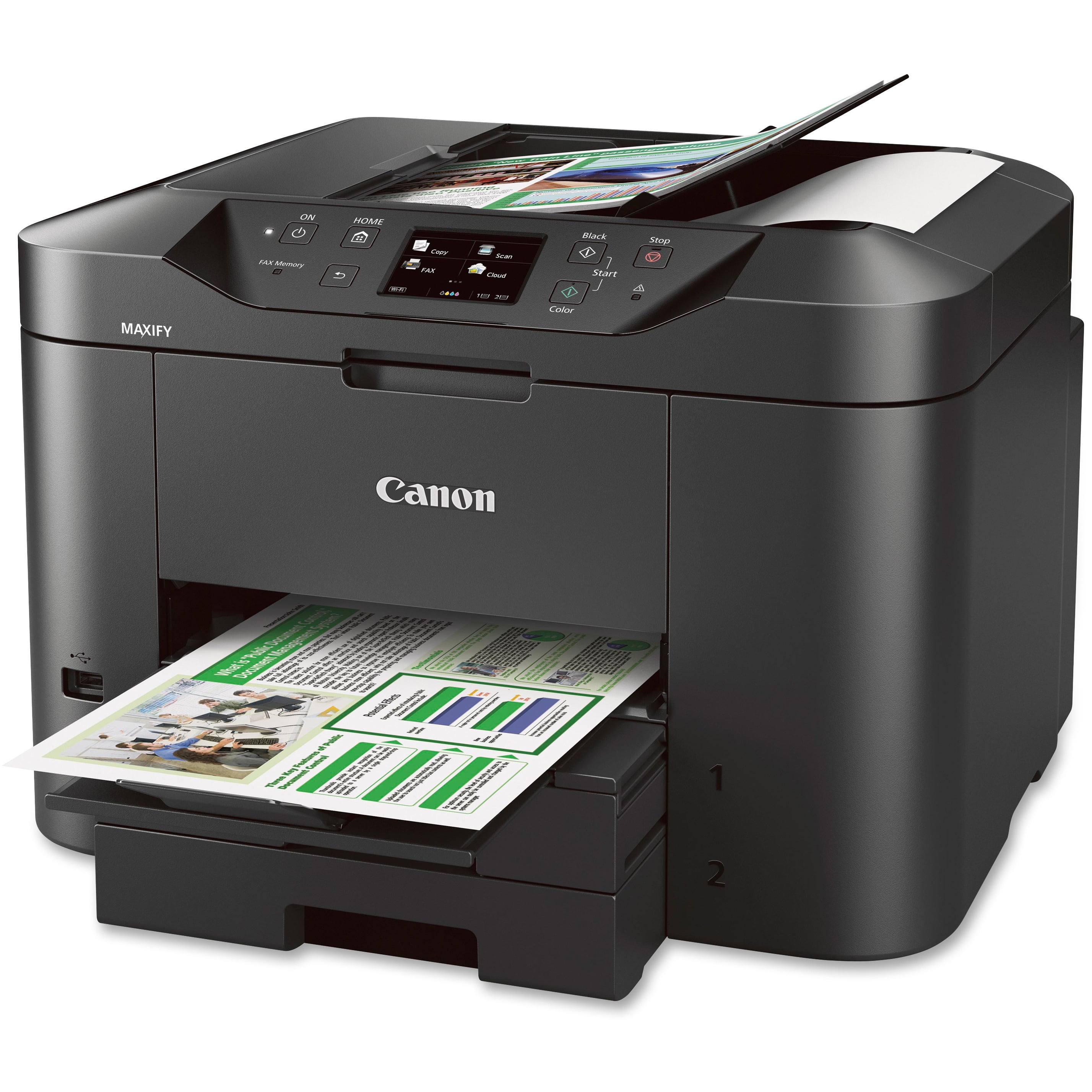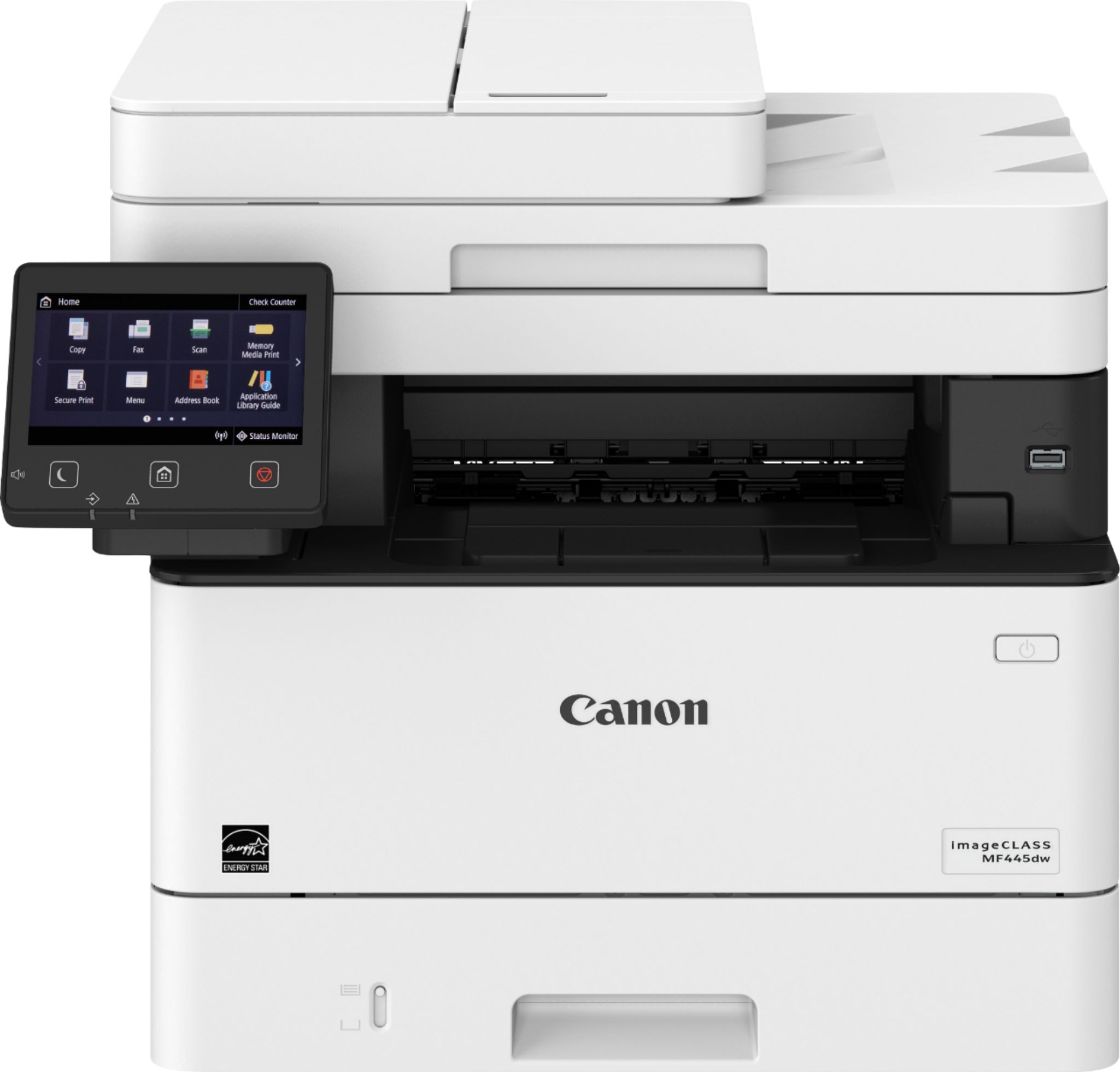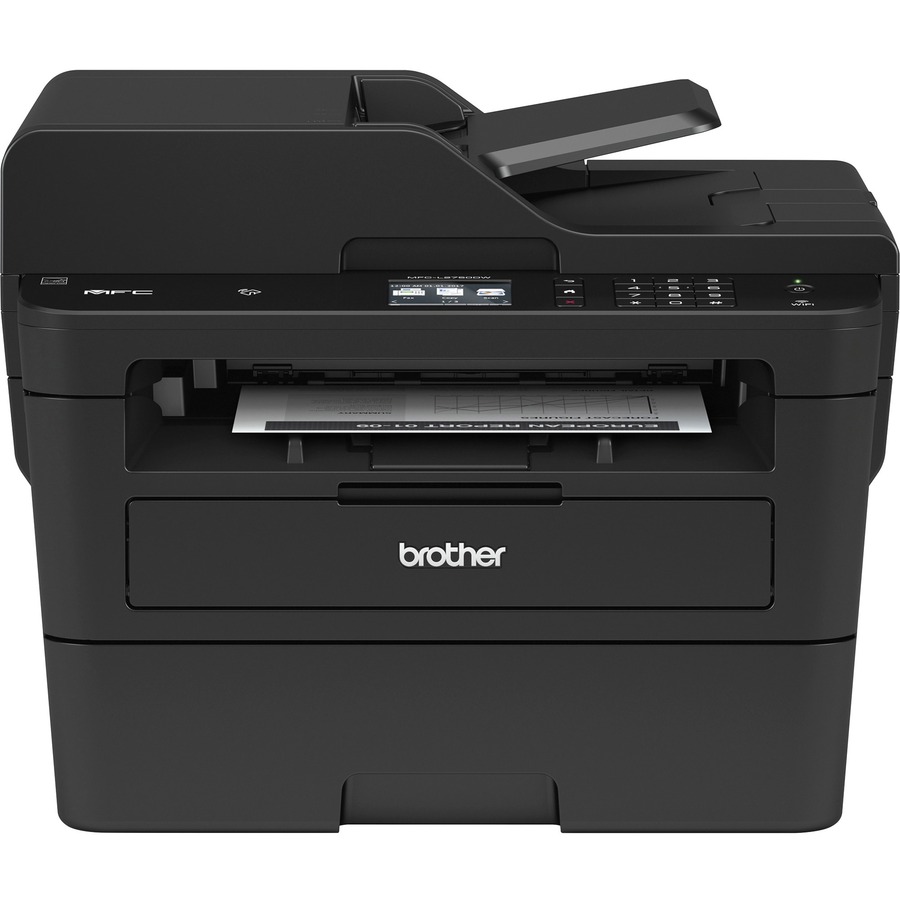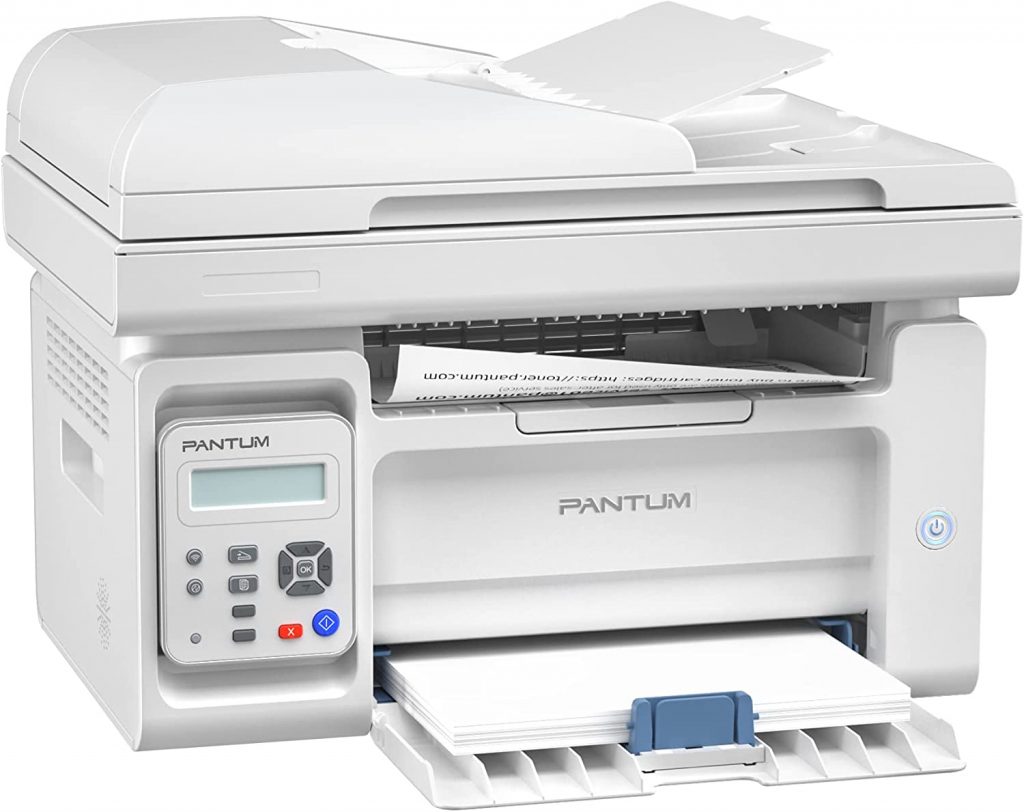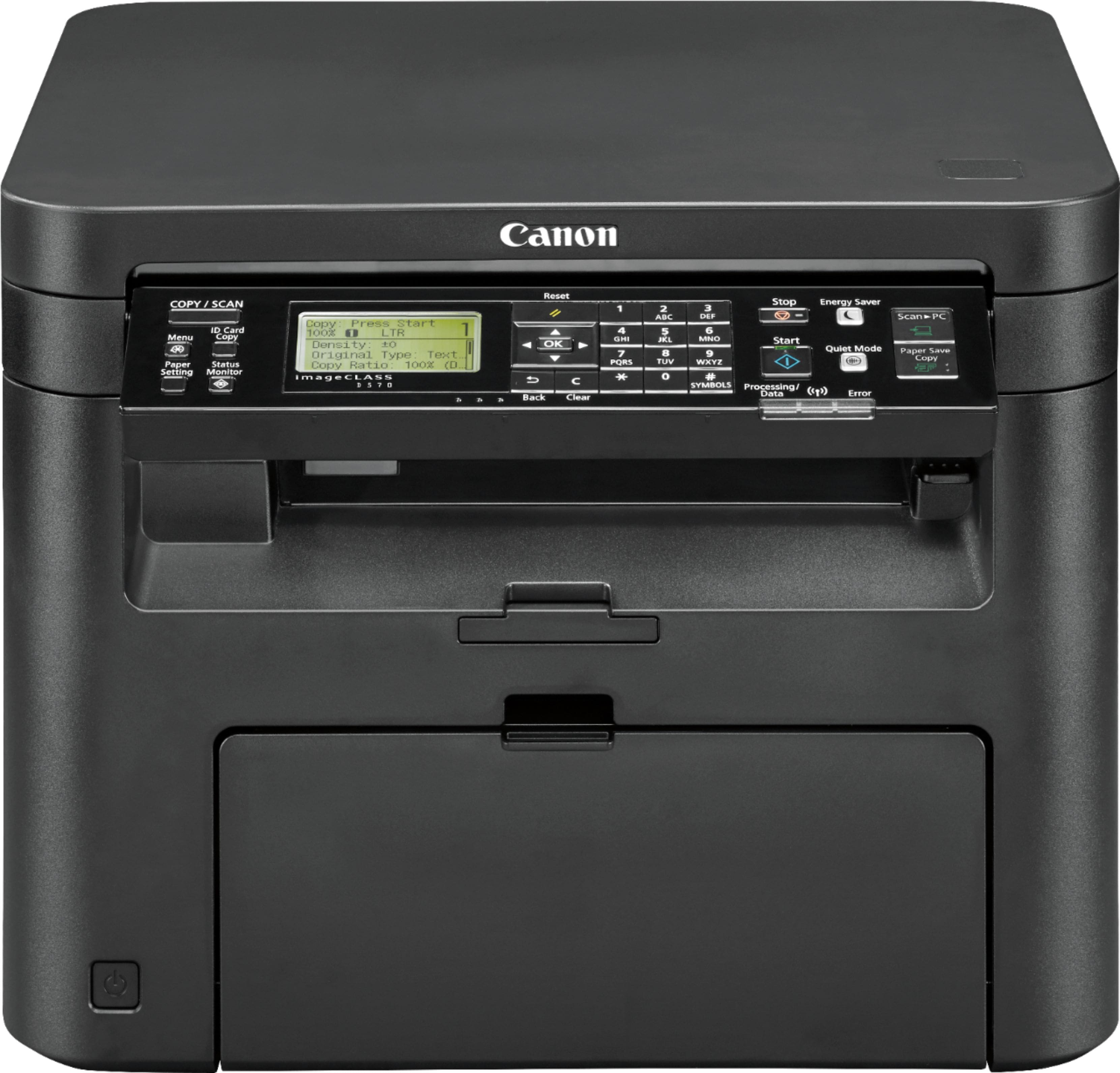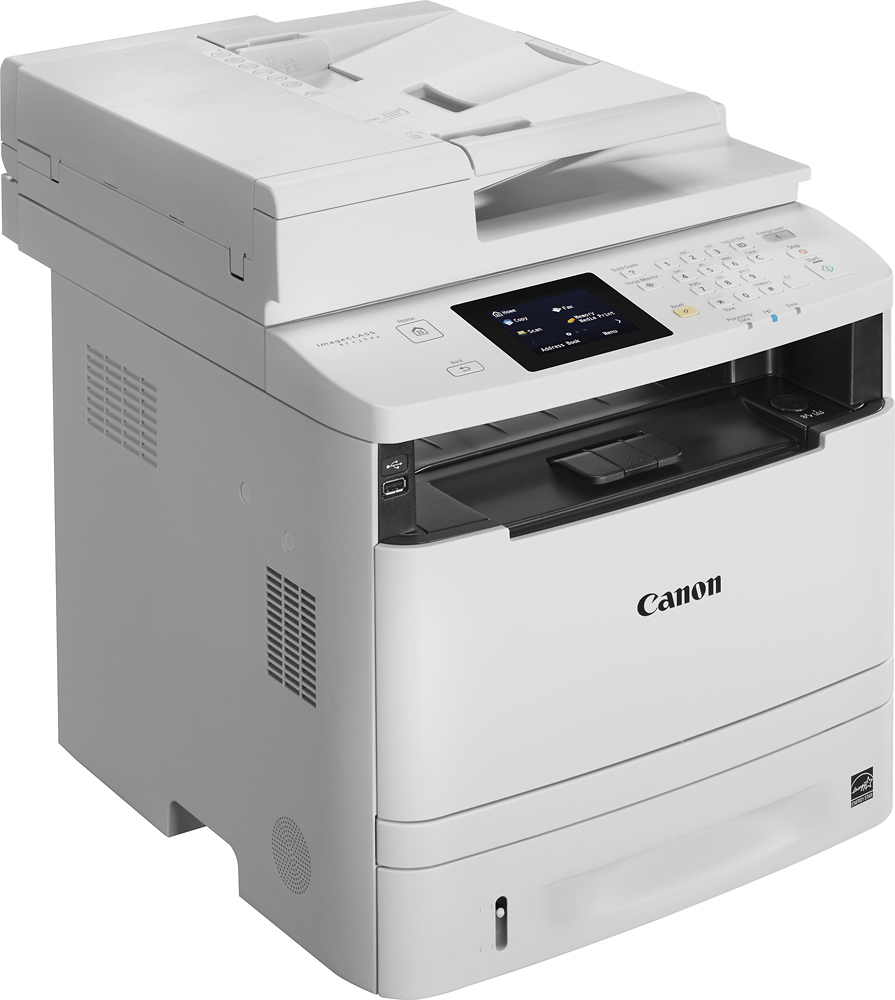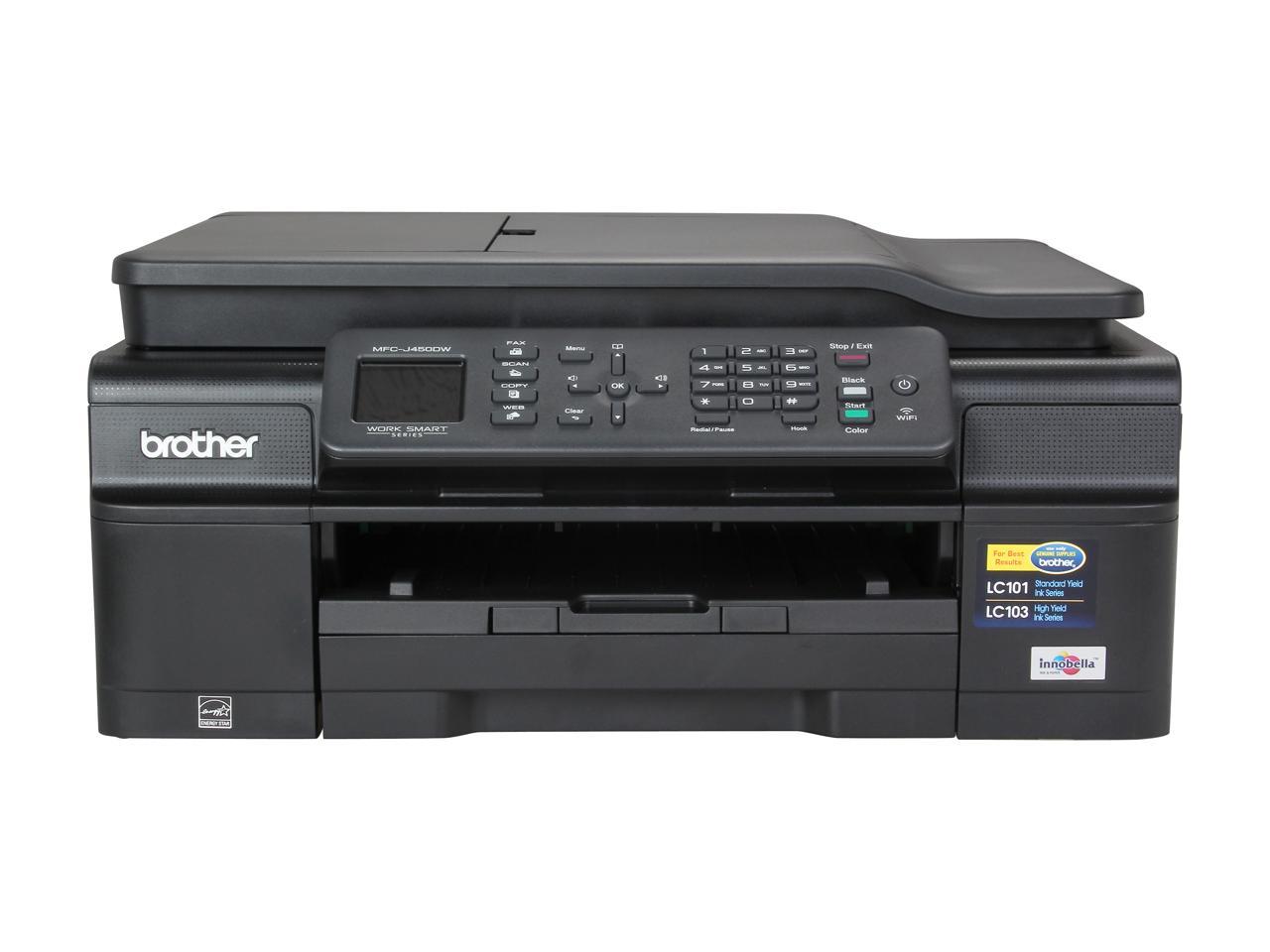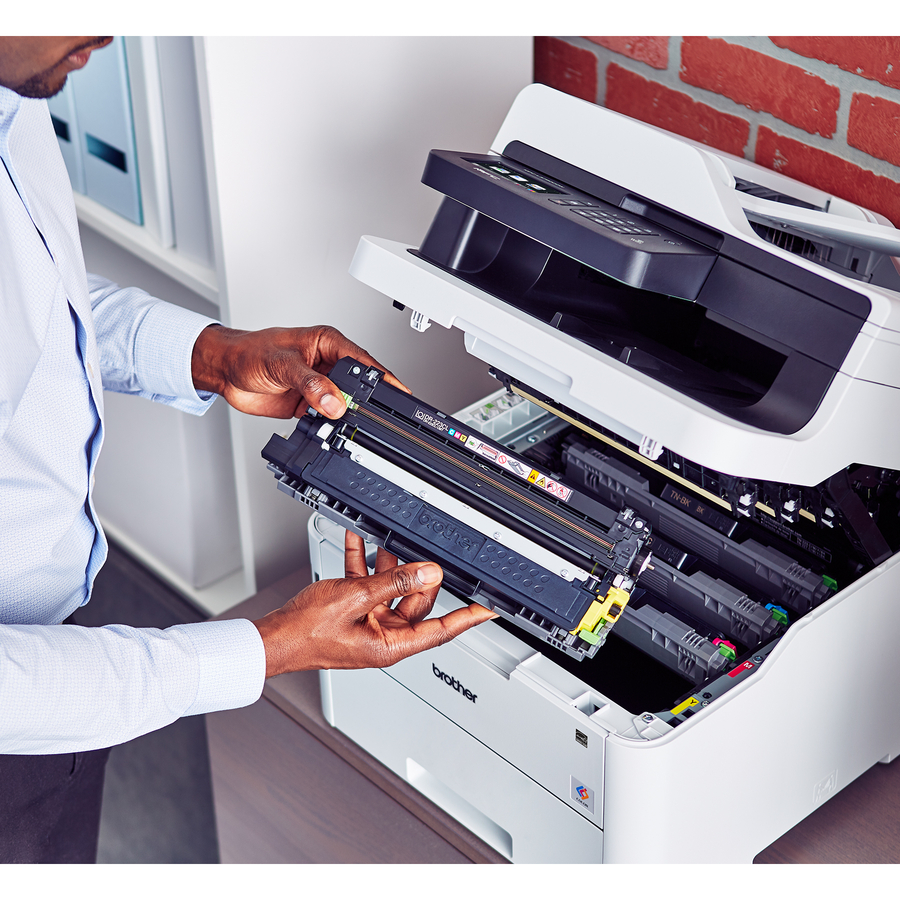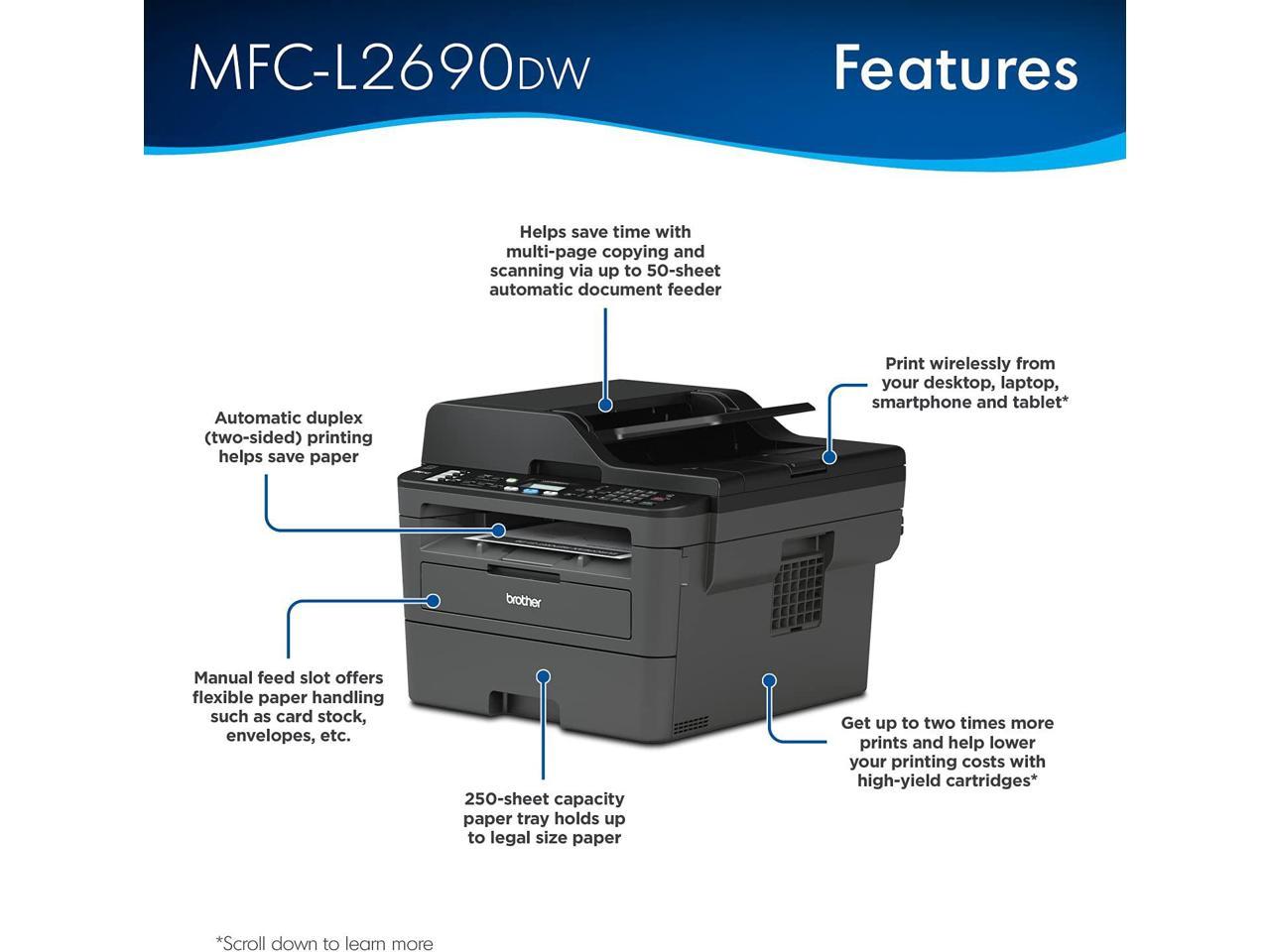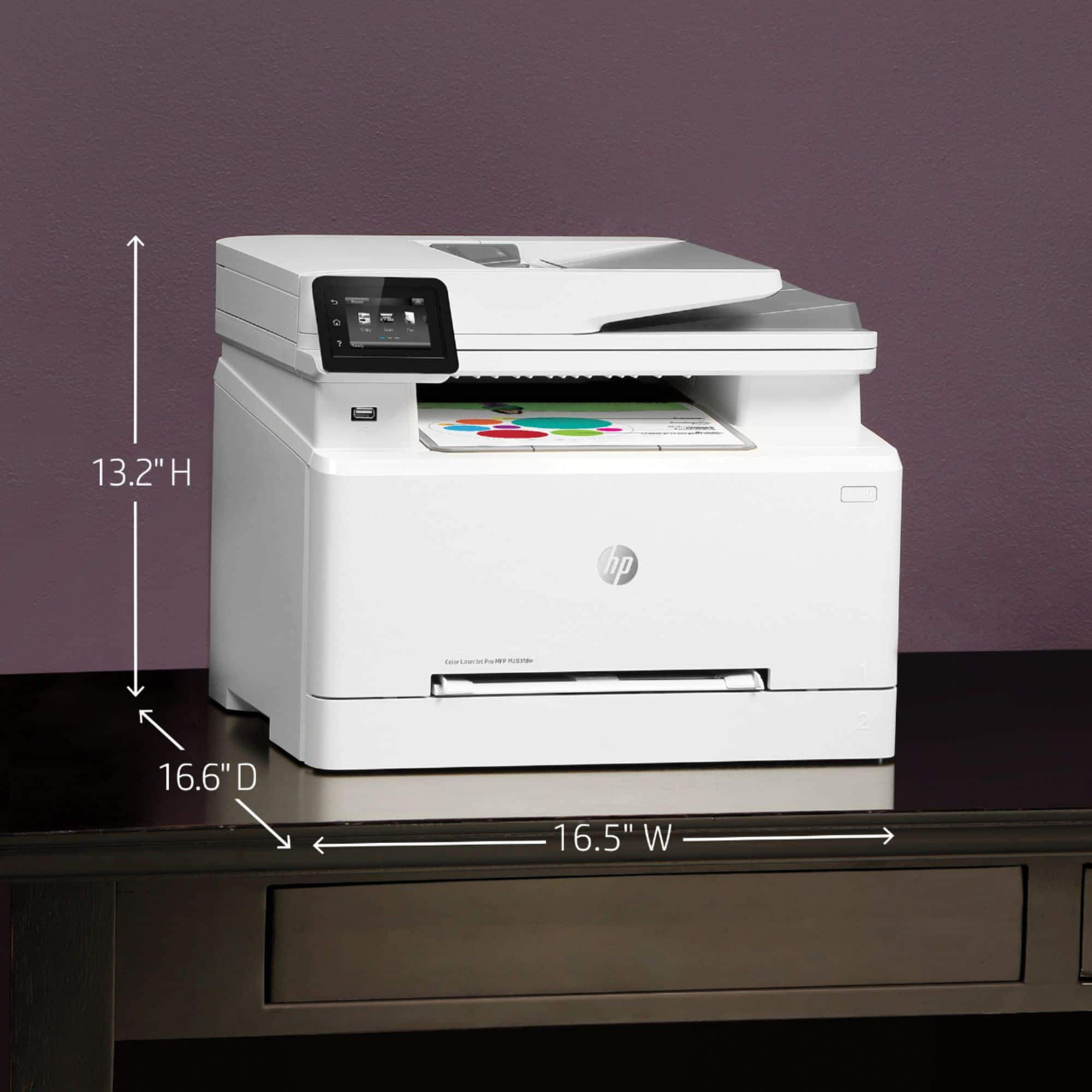Smallest All In One Laser Printer

Imagine a workspace, bathed in the soft glow of morning light, where every inch is optimized for creativity and efficiency. No bulky, space-hogging peripherals disrupt the flow, only a sleek, almost impossibly small device quietly hums, ready to spring into action at a moment's notice. This isn't a scene from a futuristic movie; it's the reality being ushered in by a new generation of all-in-one laser printers, so compact they redefine what's possible.
This article explores the burgeoning market of the smallest all-in-one laser printers, devices that promise to revolutionize home offices and small workspaces by delivering professional-grade printing, scanning, and copying capabilities in a package previously unimaginable. We'll delve into the technologies that make this miniaturization possible, examine the benefits and trade-offs, and explore the implications for both consumers and the environment.
The Shrinking Footprint: A History of Miniaturization
The journey toward the smallest all-in-one laser printer is a story of relentless innovation, driven by the ever-increasing demand for efficiency and space-saving solutions. In the early days of laser printing, these machines were behemoths, requiring dedicated rooms and considerable expertise to operate.
Over time, advancements in laser diode technology, imaging drums, and toner cartridges have allowed manufacturers to dramatically reduce the size of these essential components. Early compact laser printers focused primarily on print functionality, but the integration of scanning and copying capabilities into these smaller form factors presented a new set of engineering challenges.
The development of compact scanning modules and innovative paper handling mechanisms has been crucial in achieving true all-in-one functionality without sacrificing performance. Companies like Brother, HP, and Canon have been at the forefront of this miniaturization effort, consistently pushing the boundaries of what's achievable.
The Technology Behind the Tiny: How It Works
The magic behind these miniature marvels lies in a confluence of technological advancements. One key area is the development of highly integrated print engines. These engines combine the laser imaging system, toner delivery mechanism, and fuser unit into a single, compact module.
Another crucial aspect is the miniaturization of the scanning module. Compact CIS (Contact Image Sensor) technology allows for smaller and lighter scanning units compared to traditional CCD (Charge-Coupled Device) sensors. These CIS sensors are typically less expensive to manufacture and consume less power.
Efficient power management is also paramount. Smaller components and optimized circuitry reduce energy consumption, leading to more compact power supplies and less heat generation. This contributes significantly to the overall reduction in size and weight.
Benefits Beyond Size: Why Small Matters
The advantages of the smallest all-in-one laser printers extend far beyond simply saving space. For home offices and small businesses, these devices offer a compelling blend of performance, convenience, and affordability. Their compact size makes them ideal for cramped workspaces, allowing users to reclaim valuable desk space.
Many models offer wireless connectivity, enabling printing and scanning from smartphones, tablets, and laptops without the need for messy cables. This added flexibility enhances productivity and streamlines workflows.
Energy efficiency is another significant benefit. Smaller printers typically consume less power than their larger counterparts, leading to lower electricity bills and a reduced environmental footprint. According to data from the Environmental Protection Agency (EPA), Energy Star-certified printers can save significant energy compared to standard models.
Trade-offs and Considerations: What to Watch Out For
While the smallest all-in-one laser printers offer numerous advantages, it's important to be aware of potential trade-offs. One common consideration is print speed. Some ultra-compact models may have slightly slower print speeds compared to larger, more powerful printers.
Another factor to consider is paper capacity. Smaller printers typically have smaller paper trays, requiring more frequent refills. Toner cartridge capacity may also be smaller, potentially leading to more frequent toner replacements.
Finally, it's essential to evaluate the print quality and scanning resolution to ensure they meet your specific needs. While most modern compact laser printers offer excellent print quality, it's always a good idea to read reviews and compare specifications before making a purchase. Always check warranty, as Warranties are important for electronic products.
The Environmental Impact: A Greener Future
The trend toward smaller, more energy-efficient all-in-one laser printers has positive implications for the environment. By consuming less power and using fewer materials, these devices contribute to a reduced carbon footprint. The reduction in size also translates to lower shipping costs and less packaging waste.
Many manufacturers are also focusing on sustainable practices in the production and recycling of their printers and toner cartridges. Programs like HP's Planet Partners program allow customers to easily recycle their used cartridges, reducing landfill waste and conserving valuable resources.
The European Union's Restriction of Hazardous Substances (RoHS) directive also plays a crucial role in ensuring that electronic devices, including laser printers, are free from harmful materials like lead, mercury, and cadmium. This helps to protect both human health and the environment.
The Future of Printing: What's Next?
The market for the smallest all-in-one laser printers is poised for continued growth, driven by the increasing demand for compact, efficient, and sustainable solutions. We can expect to see further advancements in miniaturization, with even smaller and more powerful devices emerging in the coming years.
Integration with cloud-based services and mobile devices will become even more seamless, enabling users to print and scan documents from anywhere in the world. Artificial intelligence (AI) may also play a role in optimizing print settings and predicting maintenance needs.
Perhaps the most exciting prospect is the potential for new printing technologies to emerge, further revolutionizing the industry and paving the way for even more compact and environmentally friendly printing solutions. Innovation is the key.
Conclusion: A Quiet Revolution
The rise of the smallest all-in-one laser printer represents a quiet revolution in the world of office technology. These unassuming devices are transforming workspaces, empowering individuals and small businesses with professional-grade printing, scanning, and copying capabilities in a package that fits seamlessly into modern life.
Beyond their practical benefits, these printers embody a larger trend toward efficiency, sustainability, and a conscious effort to minimize our environmental impact. As technology continues to evolve, we can expect to see even more impressive innovations that further enhance our ability to create, communicate, and collaborate, all while leaving a smaller footprint on the planet.
The gentle hum of these compact machines is not just the sound of printing; it's the sound of progress, a testament to human ingenuity and our unwavering commitment to a more efficient and sustainable future. The age of the space-hogging printer is fading, replaced by a new era of compact power and eco-conscious design.


